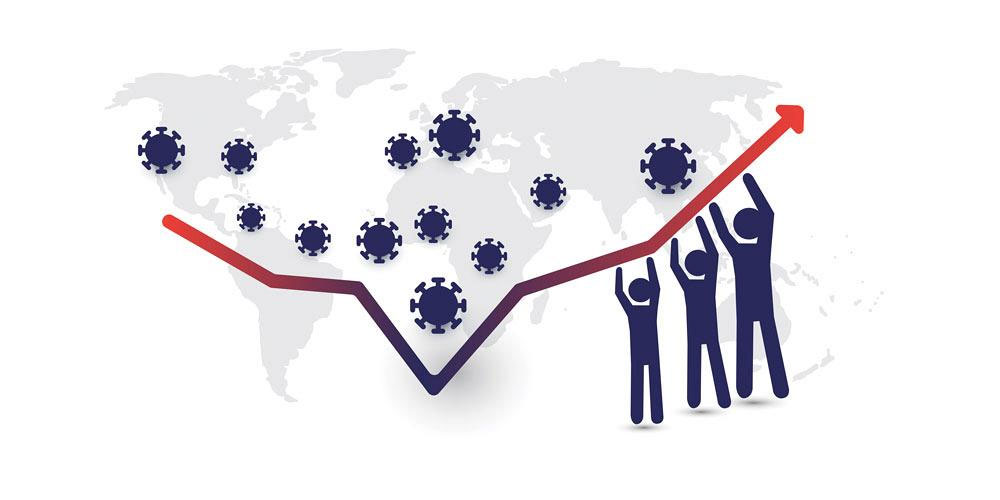Understanding mergers and acquisitions in the manufacturing sector during the pandemic
When I started Bench Capital’s mergers and acquisitions (M&A) practice three years ago, the rationale for servicing the manufacturing sector was obvious. As a former banker at large Canadian and international financial institutions, I had spent nearly two decades evaluating and structuring hundreds of credit renewals and applications on a yearly basis.
Many of my clients owned manufacturing companies from broad subsectors including automotive, heavy equipment, metal fabrication, aerospace, and food. Working with these companies gave me an appreciation for the number of quality manufacturing businesses in Ontario and their need for professional M&A advice.
Banks traditionally have enjoyed lending to the manufacturing sector, because as borrowers their tangible assets provide a source of collateral security. This so-called fall back is a mitigating element in a worst-case scenario, in which a borrower becomes insolvent and the bank must seize its assets.
However, traditional risk management methodologies often overlook the less tangible value found in many asset-heavy companies. Helping business owners uncover these sources of hidden value is a key component of successful M&A practices.
Impact of the Pandemic
Before COVID-19 swept across the globe, numerous North American manufacturers either were pursuing a sale transaction or preparing to go to market. The pandemic, unfortunately, brought an abrupt halt to dealmaking. Uncertainty concerning the U.S. elections exacerbated this downturn throughout the late spring and early summer.
Against this backdrop, some prospective sellers saw their valuations decline and chose to postpone the most important liquidity event of their lives until market conditions improved. Other prospective sellers with profitable operations and strong balance sheets reaped larger market shares as their less successful competitors struggled to adapt to a post-COVID environment.
Drawing from my experience as a banker, I know that this phenomenon has been prevalent in almost every economic contraction—and the current pandemic is no exception.
Within the fortunate few companies racking up revenues and profits, some owners have placed M&A plans on the back burner to focus on new growth and opportunities.
Current M&A Landscape
Despite rising COVID case counts amid the ongoing second wave, dealmakers appear to be regaining confidence and resuming transaction initiatives. During Q3 of 2020, both strategic (corporations) and financial (private equity) acquirers contributed to a substantial increase in M&A deal volume.
According to Pitchbook, a U.S.-based M&A data and research firm, “Q2 may have been the trough of 2020 M&A activity.” Deal activity in Q3 surged to 2,714 deals with an aggregate value of US$361.1 billion, posting quarter-over-quarter gains of 23.5 per cent and 7.0 per cent, respectively.
Several factors contributed to this sudden uptick in M&A activity. These include:
- Companies are considering inorganic growth as a strategy for operating in a low-growth environment.
- Buyers are exploiting the current situation and acquiring distressed companies at discounted prices.
- Deals with COVID-related closing delays are now being concluded.
- Sellers who withdrew from the market are beginning to re-engage with buyers.
- Business owners experiencing fatigue from this year’s challenges are becoming more receptive to learning about exit alternatives.
For these reasons, many M&A advisers and dealmakers are cautiously optimistic about 2021.
A large backlog of transactions is set to fuel activity through the first half of the year, and deal pipelines continue to grow as players vigorously pursue new opportunities. For manufacturers, it is becoming increasingly important to understand the M&A opportunities relevant to their business—as well as the effects M&A may have on their competitors.
This article, by Alma Johns, has also been published in Canadian Metalworking’s web site.






